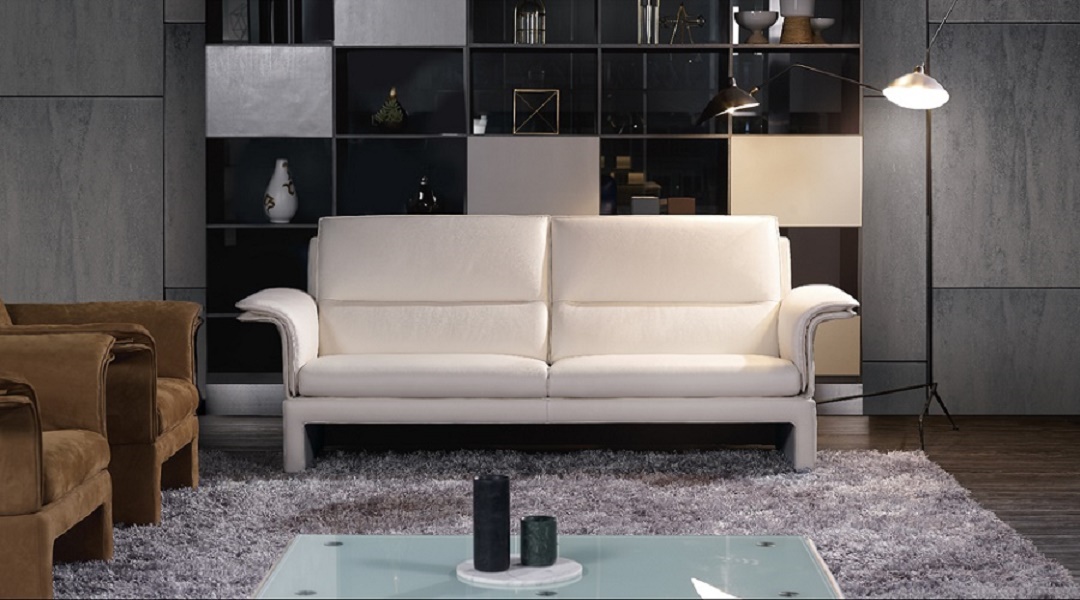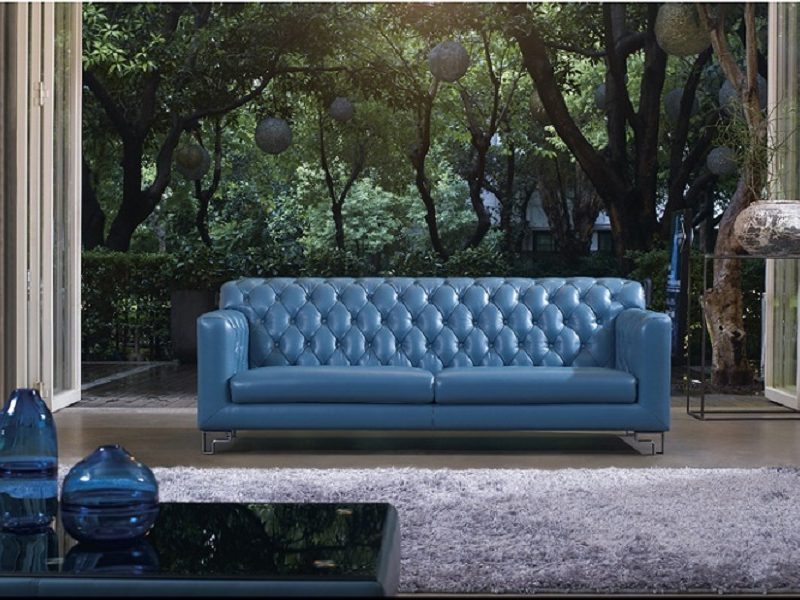
Why Italian Design
Italian design is so popular that anyone who asks, “Why should I like Italian design?” would most likely be answered with “Why shouldn’t you like it?” In many ways, modern Italian design is synonymous with luxury – and it’s true that most Italian furniture is pretty pricey but usually well worth the cost. Starting with the basics and a little history, Italy is internationally recognized as a leader in design including its applications in furniture, fashion, automobiles, urban planning, architecture and industrial concepts. Italy has been home to some of the greatest furniture designers in the world including Gio Ponti and Ettore Sottsass.
Italy’s furniture design grew tremendously in the 1900’s, eventually gaining popularity with society’s elite. Designs in the 1930’s were very similar to French arte deco styles but the Rationalism movement and increased industrialism after WWII led to the simple, minimalist direction of most modern and post-modern Italian design. Italian design became more Avant-garde in the 1960’s and 70’s and achieved unique designs with pieces like Ettore Sottsass’s bookcase and the “New Tone” sofas by Atrium.
Around this same time, the logos of Italian fashion companies such as Prada, Versace, Armani, Gucci and Moschino started to be recognized along with Italian industrial and car designers. This is when the “Made in Italy” quote started to carry weight as a status symbol. It’s no surprise that Italian furniture design would share its fame with Italian fashion and industrial design as contemporary furnishings often reflect leading materials and patterns dictated by industrial innovations and found in fashion trends.The real reason to love Italian design isn’t history or prestige – it’s practicality.
Clean contemporary lines and simple geometric shapes make it extremely popular today as an ideal fit in most modern homes. The minimalist appearance of Italian furniture allows homeowners to add their own art, accessories, and colors to express their personalities in a space. It’s a lot less likely things will clash with each other in a room and much easier to achieve a balanced look. While Italian design can appear simple, don’t confuse it with being “boring.” Whether it’s an unexpected shape, trim details, mixed materials or color combinations, designers have a way of making their pieces innovative and functional.
Some would say modern Italian design looks similar to neo-Nordic design. Some of the simple and functional forms are very similar. However Italian design tends to focus on different colors and materials than a majority of Scandinavian design. Products that are both made and designed in Italy also benefit from quality materials, craft and attention to detail. Northern European design is probably just as popular in modern and contemporary spaces but that’s another talk for another day. The work and passion that goes into Italian furniture lend a certain vitality and excitement to the pieces. Since most of the companies are private and family owned the construction process is better than anywhere. Different regions of Italy have different craft traditions that go into the products such as glass from Venice, wood from Friuli, leather from Tuscany, textiles from Sicily and steel from Puglia. Pieces that are both made and designed in Italy from brands like Natuzzi Italia are more sustainable because the parts don’t have to be shipped across the globe and quality control is better because everything is being worked on locally.
Italian furniture is iconic. The varied influences, quality materials and simple designs will never appear “dated.” Brands like Natuzzi Italia are now looking for ways to deliver the design people love while creating innovative pieces that connect to our modern lifestyle with audio integrations and electronic mechanisms in place of manual ones. It’s no secret why people love Italian design and though sometimes accompanied by a hefty price tag, it is well worth the lasting power.


